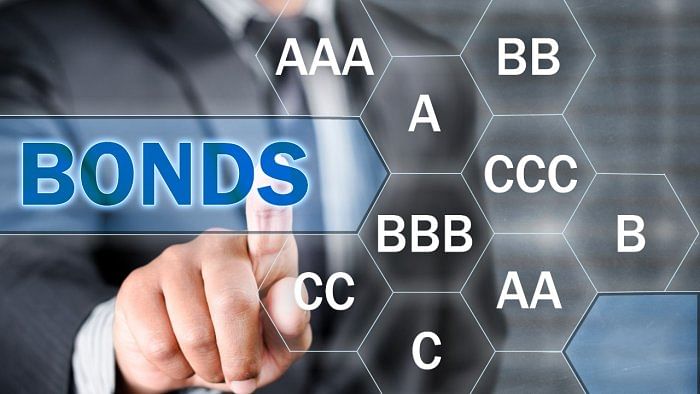
The collapse of the Silicon Valley Bank (SVB) in the United States earlier this month has caused concerns of similar crisis in banks across the world. Just like a rising tide lifts all boats, a sinking tide exposes those swimming naked.
True to this aphorism, a globally systematically important bank, Credit Suisse saw its share prices collapse, sought emergency loans from the Swiss central bank and eventually was taken over by a domestic rival.
While the reasons for the banking problems on the two sides of the Atlantic are different, they remind us of the inherent vulnerabilities of the banking business. Banks play a critical role in economic growth, but for that they must borrow short and lend long. This creates a liability-asset maturity mismatch. Consequently, there is always a risk that if enough depositors want to withdraw their money, no bank will ever have enough liquid assets to meet the depositors' needs — an insight attributed to Douglas Diamond and Philip Dybvig for which they won last year's Nobel Prize in Economics.
Credit Suisse has been rocked by performance and governance scandals in the past, so its troubles were somewhat expected. But the case of the SVB is more interesting because it was apparently following all accounting and regulatory rules. As per the rules, if banks hold bonds parked in a category called held-to-maturity (HTM), any unrealised losses on the market value of these bonds do not have to be recognised. The SVB held 43 per cent of its assets in the form of HTM securities. These securities, including government bonds, fell in value over the last one year as interest rates shot up in the US. While the SVB enjoyed the profits from interest income on these securities, it could not sell them for sufficient value when the depositors wanted their money back. This is the part which has now become a major concern in banks the world over.
The same government bonds that were earlier considered safe assets now appear to be a weak link when interest rates rise. How much of a risk do Indian banks face from government bonds?
According to the RBI's report on trend and progress in banking published in December, the asset-lability maturity mismatch of Indian banks moderated in 2022 compared to 2021 across all maturity buckets. Brokerage firm Jefferies recently analysed major Indian banks to conclude that they hold high-quality deposits, and the impact of bond value decline would be very little. This is because 63 per cent of the deposits in Indian banks are from households and, therefore, stable, unlike the case of the SVB where corporate depositors pulled out their funds.
Sixty-five percent of deposits in Indian banks have a maturity of over a year, making it difficult to withdraw them instantly. Even if there is a panic withdrawal by retail depositors, the problem due to HTM securities faced by the SVB is limited in the case of Indian banks as the RBI has capped the bond holdings in this category at 23 per cent. This limit is supposed to come down to 19.5 percent in a phased manner starting from June 2024. Banks must start preparing to recognise some losses as this happens.
Reports suggest that the government has recently asked public sector banks to report details of their bond portfolios. But the implicit government backing that these banks have acts as an antidote to US-style bank runs. As for private sector banks, the RBI must carry out stress tests on their bond portfolios, and raise red flags in case of concerns.
A final issue is that of the role of deposit insurance. The SVB fiasco has led to calls for 100 per cent of deposits be insured. In the current system, large depositors are deliberately kept uninsured as they are influential enough to keep banks disciplined. If 100 per cent deposit guarantee is provided by law, it would encourage banks to abandon risk management and take higher risks in pursuit of profits.
In India, the deposit guarantee cap of Rs 500,000 provides protection to 98 percent of depositors. The pressure from the remaining 2 per cent large depositors can complement regulation, and supervision by the RBI and the government to keep Indian banks safe.
(Rudra Sensarma is Professor of Economics, Indian Institute of Management Kozhikode. Twitter: @RudraSensarma. Views are personal.)
Disclaimer: The views expressed above are the author's own. They do not necessarily reflect the views of DH.